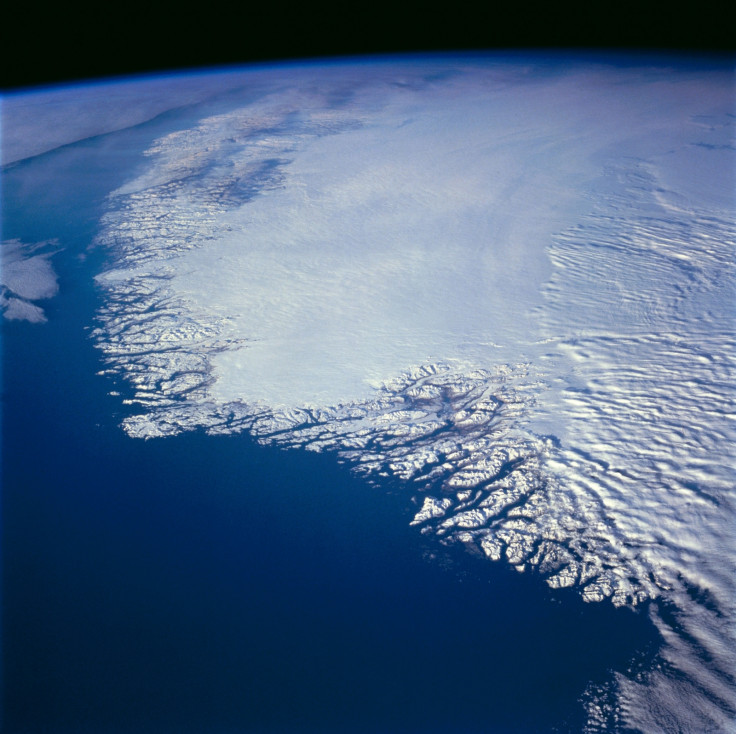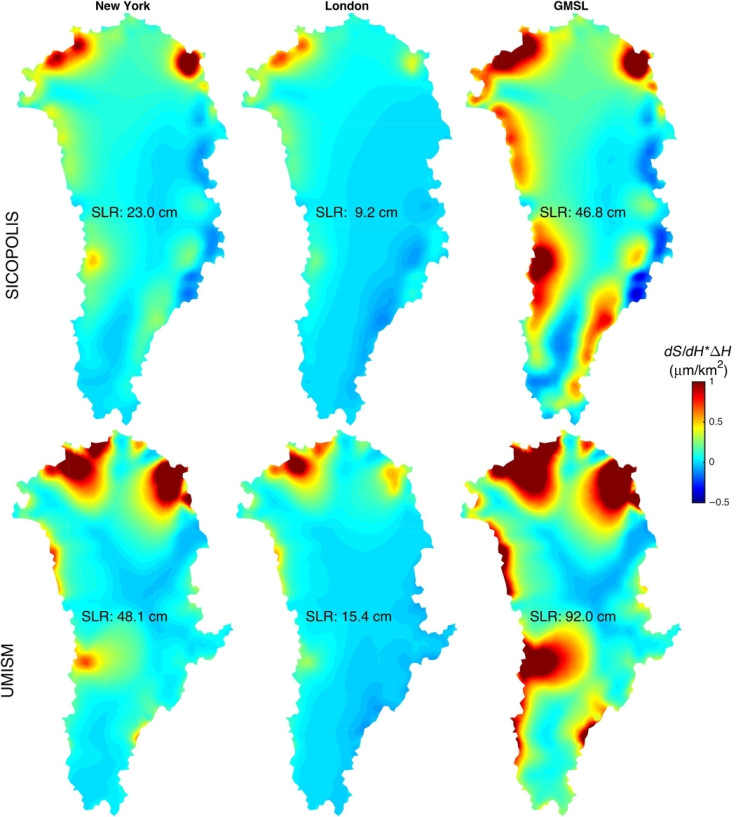Which glaciers can put London and New York City coastlines at risk? Nasa's new tool helps predict
The Gradient Fingerprint Mapping system has been created by researchers at Nasa's Jet Propulsion Laboratory.
City planning and development departments will now be able to prepare for rising sea levels with the help of a new simulation tool by Nasa. Developed by researchers at Nasa's Jet Propulsion Laboratory in California, the Gradient Fingerprint Mapping (GFM) system is capable of predicting how the melting of particular glaciers and ice sheets in Greenland and Antarctica will directly affect particular coastal cities.
According to the research, which was published in the journal Science Advances, the online tool takes into account the rotation of the Earth and gravitational effects to identify how a melting glacier will leave behind a "fingerprint" of sea level rise. This in turn will allow one to recognise how the melting of different glaciers will affect different cities.

"It tells you what is the rate of increase of sea level in that city with respect to the rate of change of ice masses everywhere in the world," Eric Larour, a member of the research team explained. He, along with Erik Ivins and Surendra Adhikari of the Jet Propulsion Laboratory, hope that the diagnosis tool will help understand the role of global warming on rising sea levels as well as assist in providing information in order to implement precautionary measures as more reliable predictions can be made of cryospheric mass changes.
The GFM has currently been applied to 293 major port cities to allow coastal planners to readily calculate local seal level (LSL) change. London, for example, is most likely to be affected by changes on the western part of the Greenland Ice Sheet (GrIS), whereas for New York, LSL change predictions are very sensitive to changes in the northeastern portions of the GrIS.

Sydney, on the other hand is expected to face the effects of ice loss in the Amundsen Sea Sector, a region in Antarctica farthest away from it, while the glaciers closest to the Australian city are less likely to affect it. This is because when a large ice body loses mass, it no longer exerts the same gravitational pull of the ocean, which in turn, causes the sea level around the ice mass to decrease.
"If you are close enough, then the effect of ice loss will be a sea level drop, not sea level rise," Adhikari pointed out. This would mean that cities like Oslo and Reykjavik, which are closest to Greenland, will witness a drop in sea levels from glaciers melting nearby but could be more at risk from ice loss in the distant Antarctic.






















